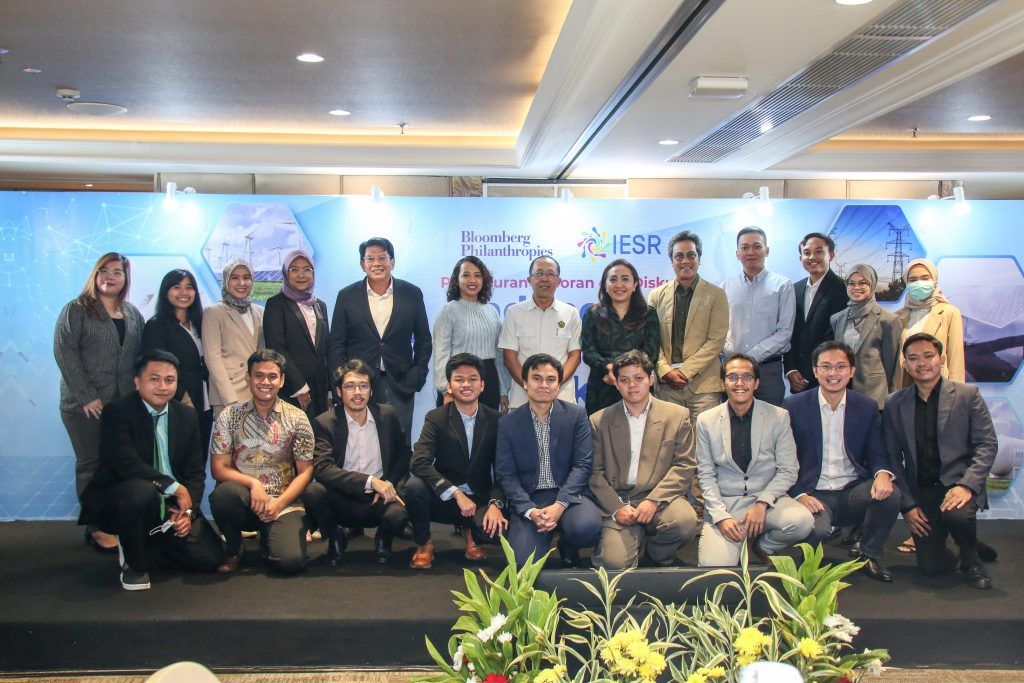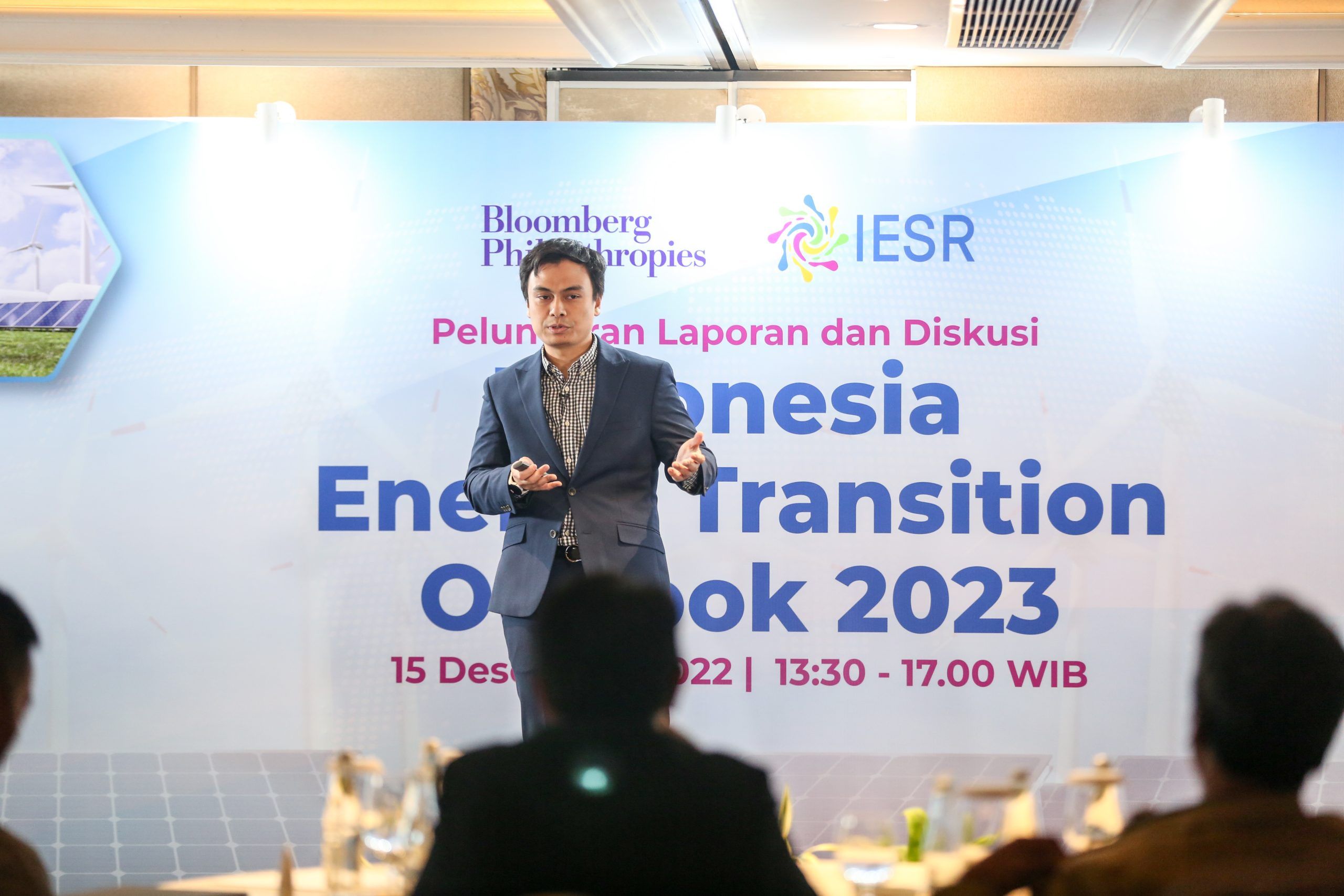The energy transition towards renewable energy is roaring in the momentum of the G20 2022. It’s because the Indonesian Government places the energy transition as one of the priority issues under its leadership at the G20. Furthermore, its coverage in the mass media, using the keyword “energy transition” on Brandwatch.com, increased from 346 in 2017 to more than 79.000 in 2022.
The Institute for Essential Services Reform (IESR) continually strives to contribute to popularizing the energy transition with various studies and advocacy activities. One of them published its main report, which encourages and measures the energy transition process in Indonesia, entitled Indonesia Energy Transition Outlook (IETO). Published annually since 2017, IETO 2023 is the 6th volume. Previously, this report was titled Indonesia Clean Energy Outlook in 2017 but changed its name to Indonesia Energy Transition Outlook in 2020.
The launch of the IETO was welcomed by various parties, including journalists in the mass media, who have a significant role to play: collecting and distributing the correct information.
Sugiharto, an ANTARA journalist, said that the IETO is a critical report that is getting better from year to year and has become a reference in journalistic writing because it contains various data and information about Indonesia’s energy transition program.
“With the IETO report with complete data, we as journalists quite often use it as a writing reference, especially regarding the diversity of data outside the government,” explained Sugiharto.
On the other hand, Sugiharto assessed that Indonesia’s energy transition development has been moderate. Even though Indonesia has a lot of renewable energy potential, that is exceptionally qualified to meet domestic energy needs. Regulatory and funding barriers are challenges for developing the energy transition in Indonesia that need to be overcome.
“Based on the low renewable energy mix, the government needs to be aggressive in realizing Indonesia’s energy transition ambitions,” said Sugiharto.
Aditya Putra, a journalist for Kompas Daily, explained the IETO, which outlines the challenges of the energy transition in Indonesia and the strategic steps in the future. Moreover, Aditya stated that these topics are interesting to be known by the public.

“The data presented in the IETO can earn attention on energy transition, including those that journalists may have missed or not disclosed regularly to the public by the Government, for example, regarding the declining mix of renewable energy in primary energy. Getting further away from the target that has been set, “explained Aditya.
In this regard, Aditya hopes that the existence of reports such as IETO 2023 can oversee the commitment and implementation of the Government’s energy transition agenda and plans. In line with Aditya, Vindry Florentin, a journalist for Koran Tempo, stated the integration of comprehensive data discussing the energy transition in the IETO report became a reference for the media. Moreover, said Vindry, the data shared by the Government needed to be completed and integrated.
Efri Ritonga, a senior journalist for Koran Tempo, also said that the development of energy transition in Indonesia continues currently, although it is still slow. Moreover, there are some community initiatives to initiate an energy transition. Such as the use of rooftop solar in residential areas, as well as the development of large-scale renewable energy, are still constrained. In addition, using fossil fuels is still dominant because of price, availability, and affordability. Some people are unfamiliar with the issue of the energy transition.
“There are several reasons the issue of the energy transition is not well known in the broad community. First, there is not much information about energy transition practices that people can start themselves with, for example, by using an electric stove, installing a rooftop PLTS, reducing the use of private vehicles made of fossil fuels, or switching to electric vehicles. Second, in terms of practicality and cost. For example, in the transportation sector, the price of electric cars is still prohibitive, and the availability of charging stations is still minimal,” said Efri and Vindry.

